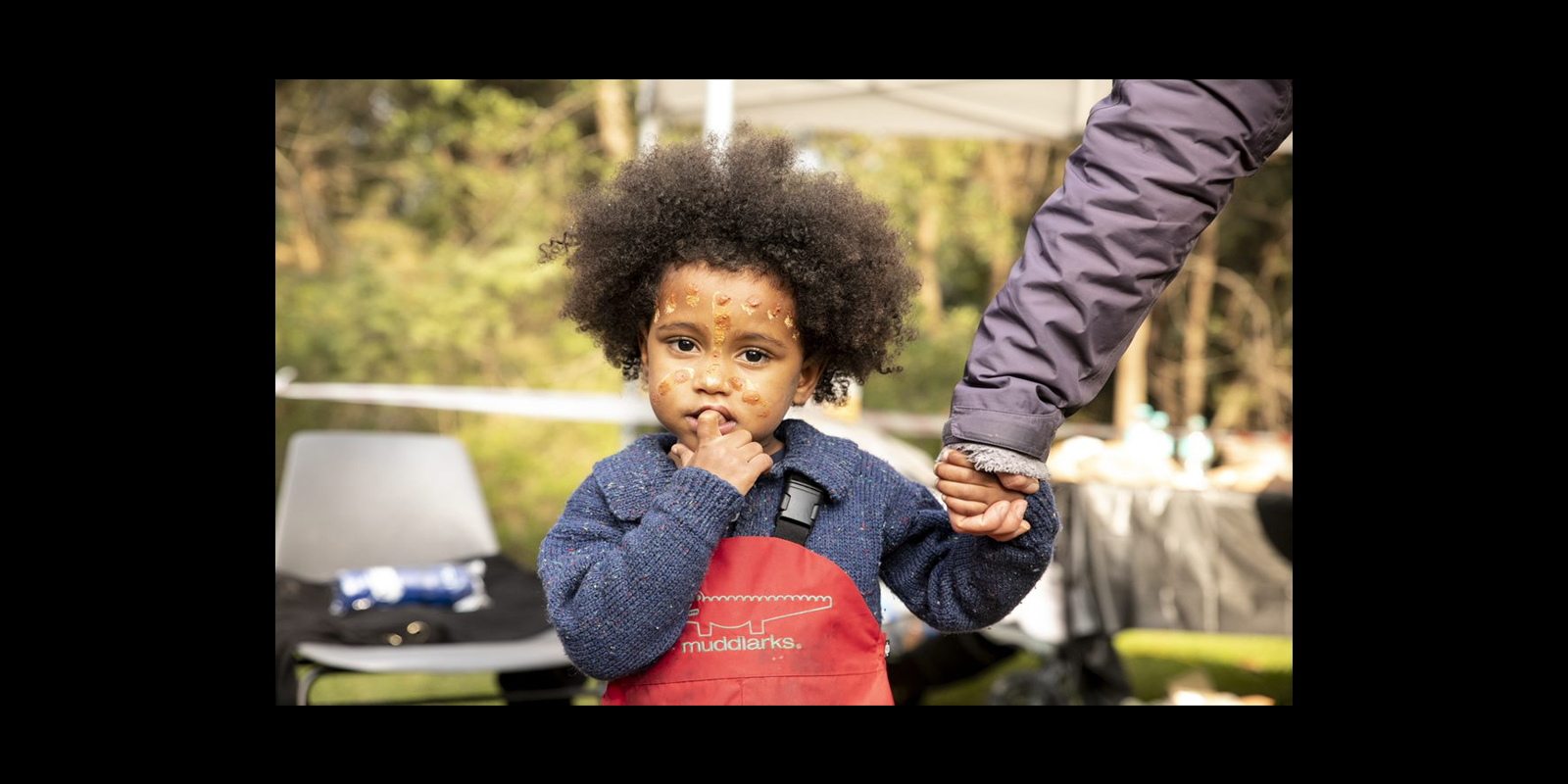Children can become invisible, their voice unheard, when our work is crises driven and our focus is on carers and parents. Hearing a child's voice relies on listening, understanding and acting wisely on what they say. Only this allows us to respond to each child's needs, understand their views and encourage them to ask for help when they need it.
For children to form their views and have a voice, we need to provide them with age appropriate and accurate information about things that affect them. Our practice needs to value their contribution to understanding their own experiences and determining the course of their own lives.
Giving Aboriginal children a voice relies on understanding Aboriginal culture – history, family, belonging and community. Aboriginal children are part of families and communities that have historically not had a voice and continue to be denied the right to self-determination. Aboriginal people have learned not to trust people in positions of authority. Aboriginal children might agree with plans or suggestions to please you, hiding their true feelings, views and concerns. Today, there are limited Aboriginal role models – in politics, education, health, and the media – for Aboriginal children to have courage to speak up and trust that they will be heard.
The experience Aboriginal children have with you – your ability to engage with them, build trust and act wisely on what they say – will directly impact on their self esteem, identity and capacity to develop a proud and loud Aboriginal voice.
We need to tell our Aboriginal kids that they are valued and loved and that their culture is valued and respected. The best protection we can offer any child is to give them a sense of belonging and a sense that they are active players in determining their future. Bamblett, M. & Lewis, P. – Speaking Up Not Talking Down: Doing the Rights Thing by Strengthening Culture for Indigenous Children, 2006
These Child’s Voice tools aim to help workers engage with kids and get to know them, understand their worries and wishes and develop plans that are child centred and informed. They are based on the view that if you do not get to know kids, build trust and understand their family and culture, kids are unlikely to talk with you about the tough stuff. We hope these are a springboard to child centred practice.
There have always been people who have listened, sometimes been people who have heard, and perhaps less often those who have acted wisely on what children have had to say. Roberts 2008


Our Children have the RIGHT to be heard
Today, children are no longer seen but not heard; they are seen as having a growing capacity to exercise their rights and determine their own interests.
The right of the child to be heard has been protected since 1989 under the UN Convention on the Rights of the Child. Article 12 of this legally binding Convention says that:
Children have the right to have a say in what they think should happen when adults are making decisions that affect them and to have their opinions taken into account. UNICEF: A simplified version of the UN Convention on the Rights of the Child.
In Victoria, the child's right to be heard is included in the Children, Youth and Families Act 2005 in many places. For example:
...In determining what decision to make or action to take in the best interests of the child, consideration must be given to...(d) the child's views and wishes, if they can be reasonably ascertained, and they should be given such weight as is appropriate in the circumstances.
-
Child's Voice
The Child's Voice tools are based on the Kids Central Toolkit, developed by the Australian Catholic University. The Kids Central toolkit aims to help services place children in the centre of their work. It is a strengths based resource that talks about why working with kids is important, gives messages from kids about how they might best be supported and provides a series of activities, games and tools.Download
